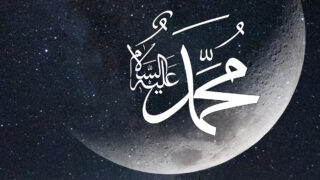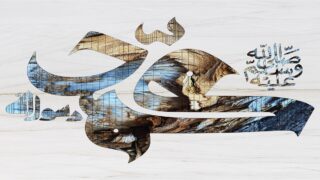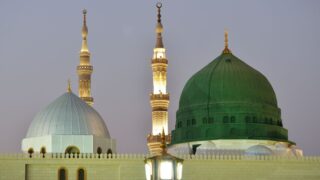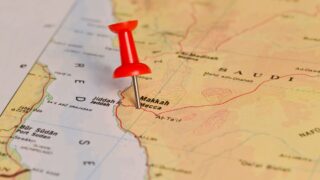Title: The Messenger: The Meanings of the Life of Muhammad, Author: Tariq Ramadan, Publisher: Allen Lane, 2007
256 pages
In a time when Prophet Muhammad has become the subject of news headlines generating heated debates and fiery actions and reactions around the world, deep understanding and emulation of his magnanimity and wisdom are desperately needed to extinguish the blaze
While he is devoutly loved and revered by over a billion Muslims who can recite the details of his life and character, he remains shrouded in myth and mystery for non-Muslims. But exposure to the facts of someone’s life does not necessarily mean knowing one, and reverent love can elevate someone so high in a place that distant one apart from the beloved.
Tariq Ramadan’s latest book, The Messenger: The Meanings of the Life of Muhammad, is a biography of the Prophet that aims to lift the shrouds of mystery for non-Muslims and bridge the distance for Muslims. Ramadan does not pretend to uncover any new details, nor does he aspire for his book to replace the multitude of biographies about the Prophet; in fact he admits that his work very much relies on the classics among them.
A Unique Look
What makes Ramadan’s book unique is that he delves into the details of the life of the Prophet, from before birth to the hour of his death, mining for the timeless spiritual teachings and timely contemporary lessons so sorely needed in our time.
In beautifully poetic and easy-to-read prose, these spiritual teachings begin in the introduction when Ramadan reminds us that loving the Prophet means constantly meditating over his life.
The teaching continues in the first chapter, “Encounter With the Sacred,” with a lesson on trials and faith, doubts and trust, and being torn between two loves. This was done by retelling the story of Abraham and, through it, drawing the spiritual line and bloodline that link the two prophets.
In The Prophet’s Footsteps
In the ensuing chapters, Ramadan invites us to walk along with him in the footsteps of the Prophet as his Rab (Lord) prepares him from infancy to adulthood for the mission to come: his being orphaned young, him having a contemplative temperament, his trade, him being married to a woman his senior, and his servant.
All were signs and preparatory education for him as well as signs and reflective teachings for us today. We are called to witness the Prophet in his most difficult times and see him as both an ordinary human and the exemplary model, guide, and leader he was and continues to be for Muslims.
Through the Prophet’s life, we are comforted by how intimately close God is and yet awed by how so transcendent He is. Muslims and non-Muslims alike learn how the Prophet addressed issues that over 1,400 years later remain the topics of the day: the environment, marriage and friendship, the role of women, religious and cultural pluralism, the inevitable challenges involved, apostasy, conflict resolution, war, along with consultation and leadership.
Private Meditation
Ramadan does not sermonize about these lessons; in these moments, the reader often seems to be drawn in to join Ramadan in his private meditation on the Prophet’s life. The reader pauses with him on verses from the Qur’an and the Prophet’s hadiths at once translating and providing commentary on both.
Also, it extracts the spiritual, moral, and ethical lessons from these textual sources and the events taking place in those moments so long ago which are so relevant to our lives today.
In intentionally short chapters, Ramadan succeeds in bringing the Prophet to life to personally probe the conscious of Muslims and non-Muslims alike and nudge them to mine deeper in their hearts and minds for the better selves they are capable of becoming.
*By Soha El-Saman

















